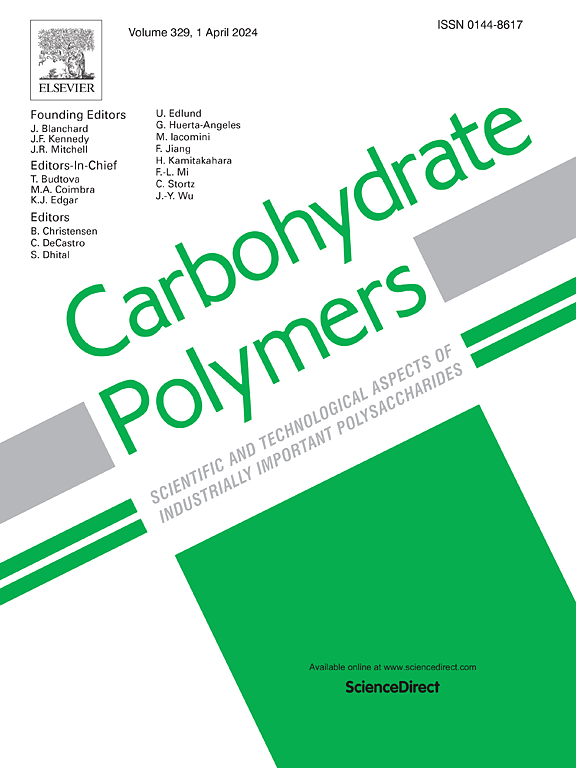Double-layer skin equivalents as diffusion models for topical and transdermal drug delivery studies
IF 10.7
1区 化学
Q1 CHEMISTRY, APPLIED
引用次数: 0
Abstract
In vitro permeation test (IVPT) is a critical part of the prescription screening and evaluation of topical/transdermal drug delivery systems, in which ex vivo human skin or animal skin are generally used as skin membranes. The development of skin equivalents to replace animal/ human skins has high scientific and industrial value owing to the issues such as ethical issues and large variability of real skin. Here, a double-layer skin equivalent (DSE) containing both dermal-simulating structure and epidermal barrier function was developed. The dermal structure was composed of photo-crosslinked glycosaminoglycan, calcium alginate and gelatin; while the epidermal barrier-simulating structure was an electrospun nano-polyurethane-membrane. Mainly contributed to the synergistic effect of polysaccharide and protein composites, the formed DSE had similar compression modulus to that of real full-layer skin. Most of all it exhibited high correlation and similar transdermal drug release behavior with mini-porcine skin for three model drugs with different Log P. The DSE also showed comparable kinetic model fitting results to mini-porcine skin and exhibited a closer resemblance to porcine skin than other skin equivalents reported. Moreover, the penetration resisting ability of the DSE can be adjusted by adjusting the formulation to simulate different types of skin.

求助全文
约1分钟内获得全文
求助全文
来源期刊

Carbohydrate Polymers
化学-高分子科学
CiteScore
22.40
自引率
8.00%
发文量
1286
审稿时长
47 days
期刊介绍:
Carbohydrate Polymers stands as a prominent journal in the glycoscience field, dedicated to exploring and harnessing the potential of polysaccharides with applications spanning bioenergy, bioplastics, biomaterials, biorefining, chemistry, drug delivery, food, health, nanotechnology, packaging, paper, pharmaceuticals, medicine, oil recovery, textiles, tissue engineering, wood, and various aspects of glycoscience.
The journal emphasizes the central role of well-characterized carbohydrate polymers, highlighting their significance as the primary focus rather than a peripheral topic. Each paper must prominently feature at least one named carbohydrate polymer, evident in both citation and title, with a commitment to innovative research that advances scientific knowledge.
 求助内容:
求助内容: 应助结果提醒方式:
应助结果提醒方式:


